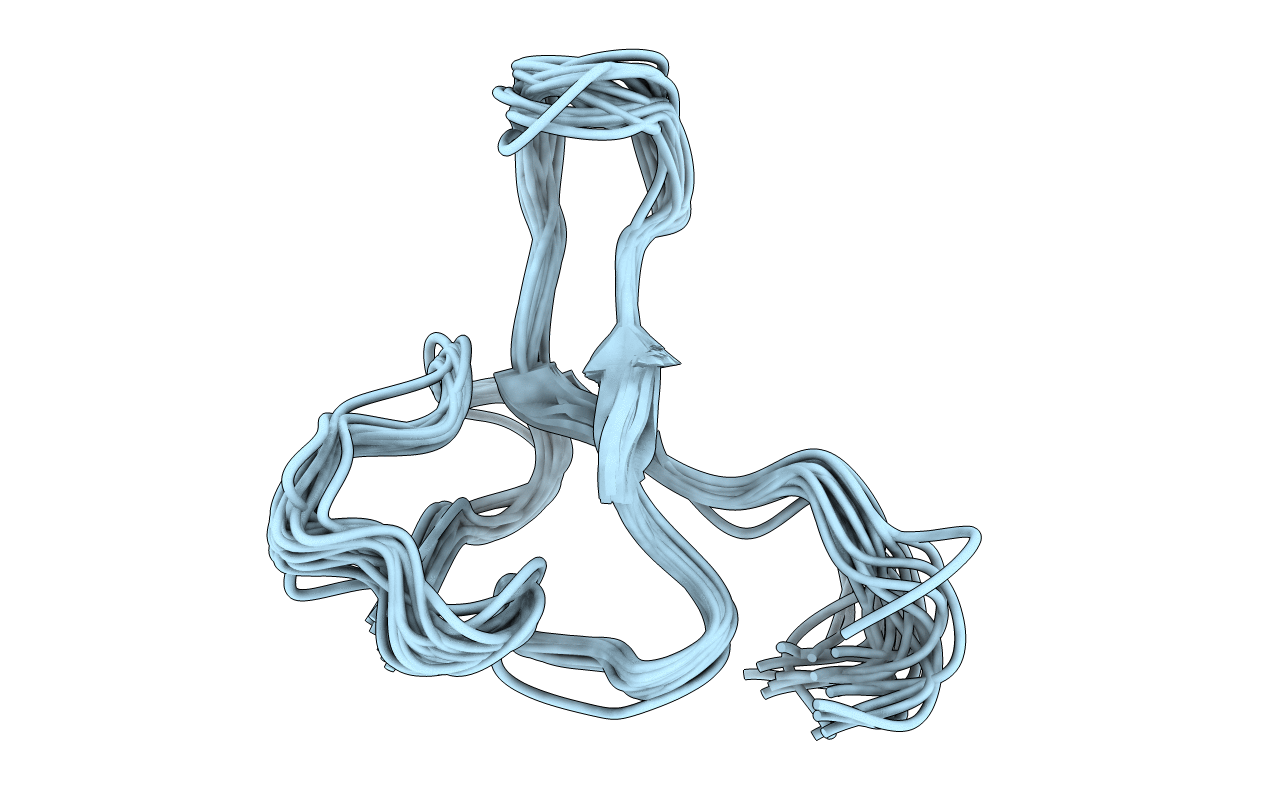
Deposition Date
2004-12-08
Release Date
2005-02-15
Last Version Date
2024-11-20
Entry Detail
PDB ID:
1Y7K
Keywords:
Title:
NMR structure family of Human Agouti Signalling Protein (80-132: Q115Y, S124Y)
Biological Source:
Source Organism:
Method Details:
Experimental Method:
Conformers Calculated:
1000
Conformers Submitted:
21
Selection Criteria:
target function


